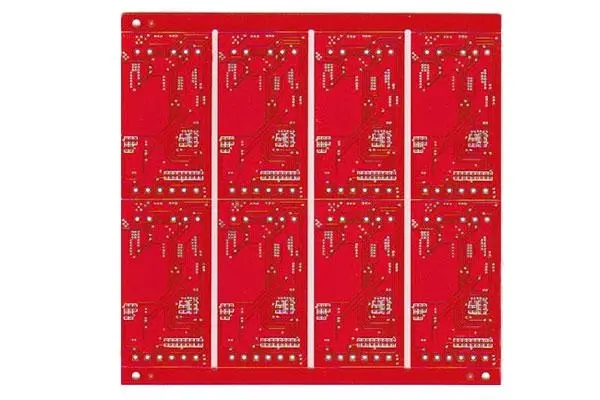Understand the main functions of printed circuit boards: choose the right one for your project!
In today’s technological wave, the importance of printed circuit boards (PCBs) as an indispensable component in electronic devices is self-evident. Whether it is smartphones, computers, medical devices, automotive electronics, or even aerospace equipment, printed circuit boards are indispensable. So, what is the role of printed circuit boards? How can we choose the right circuit board according to project requirements?
The main function of printed circuit boards
Connection function
One of the core functions of printed circuit boards is connection. It can connect different electronic components through wires to form a complete circuit system. Through printed circuit boards, these components can work according to predetermined logic and sequence to achieve various complex functions.
Support function
In addition to the connection function, printed circuit boards can also provide stable support for electronic components. Electronic components are fixed on printed circuit boards to form a compact and stable overall structure. This structure can not only protect electronic components from interference and damage from the external environment, but also improve the stability and reliability of the entire circuit system.
Heat dissipation
In electronic equipment, as electronic components work, a lot of heat will be generated. If this heat cannot be dissipated in time, the performance of electronic components will be degraded or even damaged. The metal conductors and copper foil layers on the printed circuit board can effectively conduct heat to the surface of the circuit board, and then dissipate the heat into the air through devices such as radiators, thereby ensuring the normal operation of electronic components.
How to choose a suitable circuit board
Determine the type of circuit board according to project requirements
Before choosing a circuit board, you must first clarify the specific needs of the project. For example, the scale, complexity, and working environment of the project will affect the choice of circuit boards. For example, for projects that need to withstand harsh environments such as high temperature and high humidity, it is necessary to choose circuit boards with good heat and humidity resistance; for projects that need to achieve high-frequency transmission, it is necessary to choose circuit boards with lower impedance and higher bandwidth.
Consider the performance parameters of the circuit board
When choosing a circuit board, you also need to consider the performance parameters of the circuit board. For example, the number of layers, wire width, wire spacing, copper foil thickness, etc. of the circuit board will affect the performance of the circuit board. Generally speaking, the more layers, the wider the wire width, the smaller the wire spacing, and the thicker the copper foil, the better the performance of the circuit board. However, these parameters will also affect the cost and difficulty of making the circuit board. Therefore, when choosing a circuit board, you need to weigh it according to the actual needs of the project.
Choose reliable suppliers and manufacturers
When choosing a circuit board, you also need to choose reliable suppliers and manufacturers. A good supplier and manufacturer can provide high-quality circuit board products and can provide perfect after-sales service and technical support. Therefore, when choosing a circuit board, it is necessary to conduct in-depth investigation and understanding of the supplier and manufacturer to ensure that they have sufficient strength and credibility.
As an indispensable component in electronic equipment, the importance of printed circuit boards is self-evident. When choosing a circuit board, it is necessary to make comprehensive considerations based on the specific needs of the project, select the appropriate circuit board type and performance parameters, and select reliable suppliers and manufacturers. Only in this way can the smooth progress of the project and the high-performance operation of electronic equipment be guaranteed.



